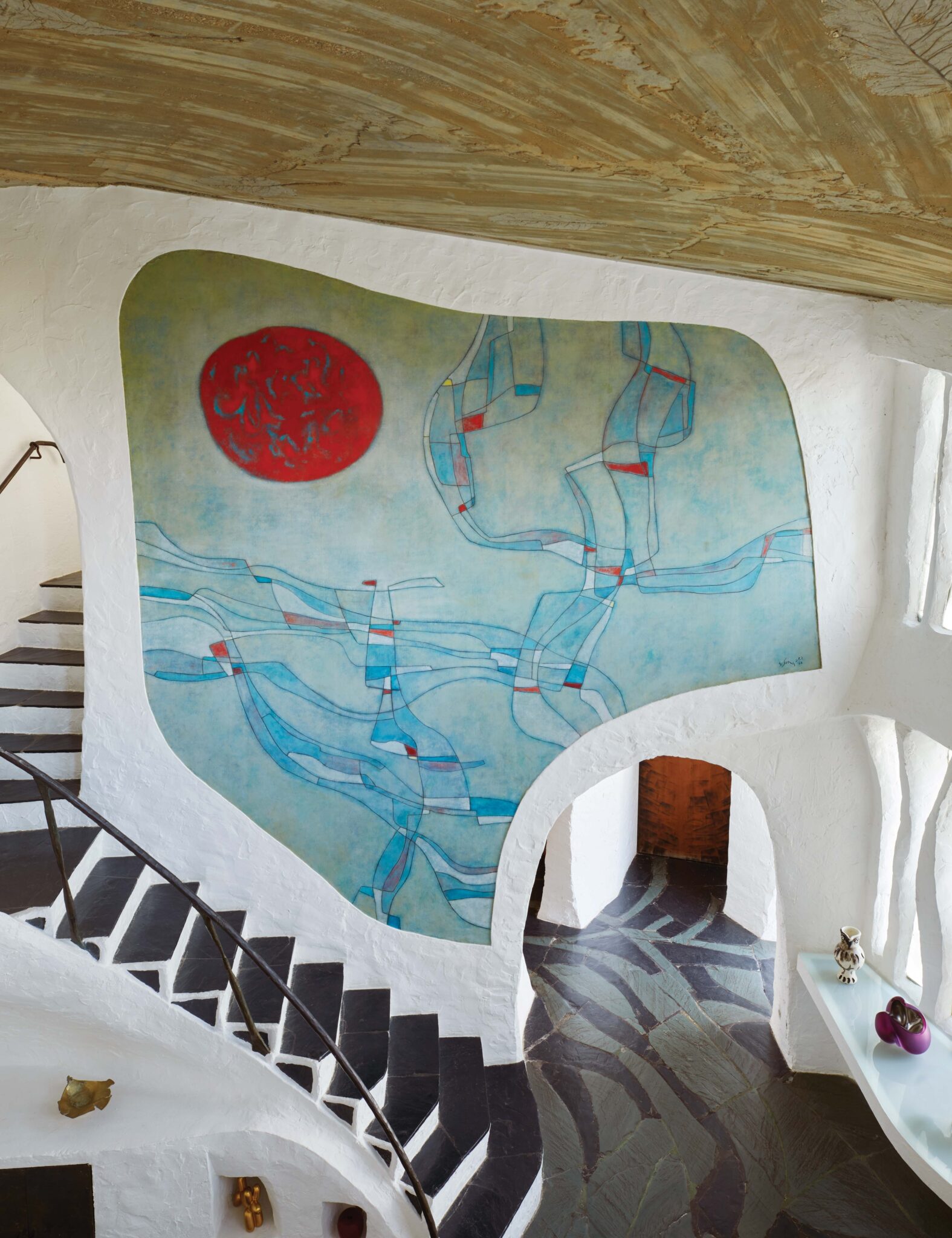
Nestled high in the andes, above the Bolivian capital of Le Paz, the city of El Alto has become a bold canvas for the Neo-Andean designs of self-taught architect Freddy Mamani Silvestre. For nearly two decades, through a series of civic initiatives aimed atreigniting pride in pre-Columbian history, Mamani has successfully pioneered a movement that aims to resurrect the artistic traditions of the region through contemporary context. Born on El Alto’s fringes, Mamani’s path was far from conventional. While working as a bricklayer and builder, he witnessed the resurgence of an Aymara community seeking to reclaim its identity within Bolivia after decades of authoritarian rule. “In the past, citizens did not have an architectural style that reflected our heritage,” he explains. After studying civic engineering, Mamani turned his focus to reshaping El Alto’s urban landscape through architecture.

The facade of the San Antonio building evokes an abstract face.
Peter Granser/Laif/ReduxInspired by the stone carvings found in the ancient city of Tiwanaku, which served as the seat of Aymara power from 400 to 900 A.D., Mamani’s buildings feature psychedelic facades that hold a mix of shops, apartments, and public spaces. Symbols such as the Andean Cross, the goddess Pachamama, zoomorphic figures, and the colorful patterns of Chola dresses worn by Aymara women play an integral part; reinterpreted as complex geometric shapes, their forms become the buildings’ stepped gables, organic curves, and striking color palettes. For the Aymara, “The most important thing is to revisit our past in order to show the world that a current culture exists through Neo Andean architecture,” says Mamani. “Today, we are able to see our identity reflected around us.”
-

“El Gallo de Oro” (or “The Golden Rooster”) in the neighborhood of Villa Mercedes.
Peter Granser/Laif/Redux -

Organic forms reference the importance of the goddess Pachamama (or Mother Earth) in supporting life.
Peter Granser/Laif/Redux

Mamani and his team allow the interiors to take form naturally as they design each space.
Peter Granser/Laif/ReduxTHIS ARTICLE ORIGINALLY APPEARED IN VOLUME 11 OF FREDERIC MAGAZINE. CLICK HERE TO SUBSCRIBE!

















